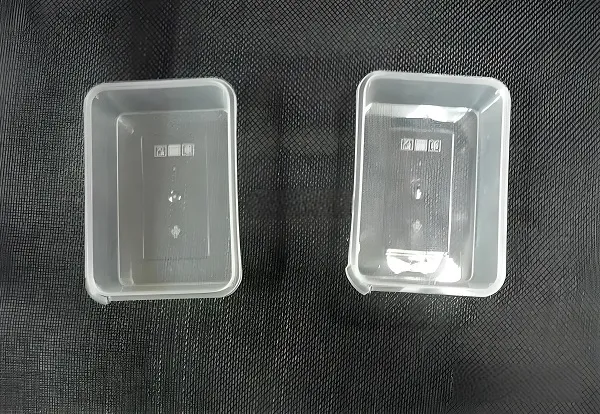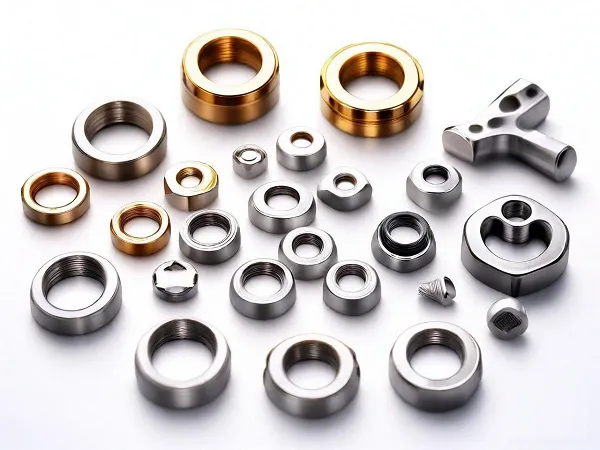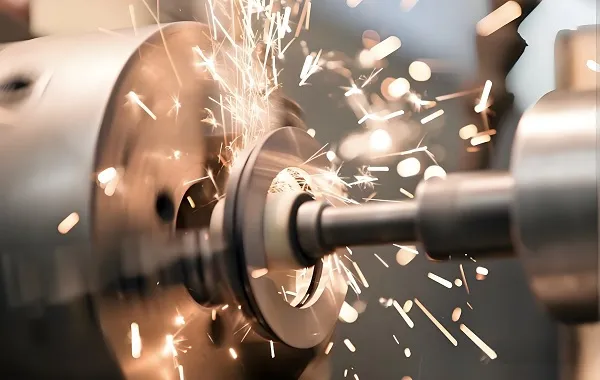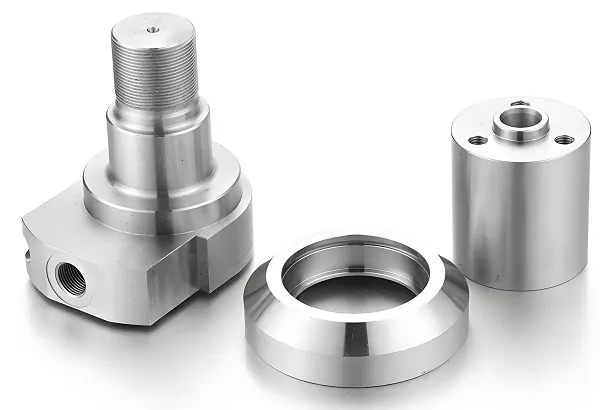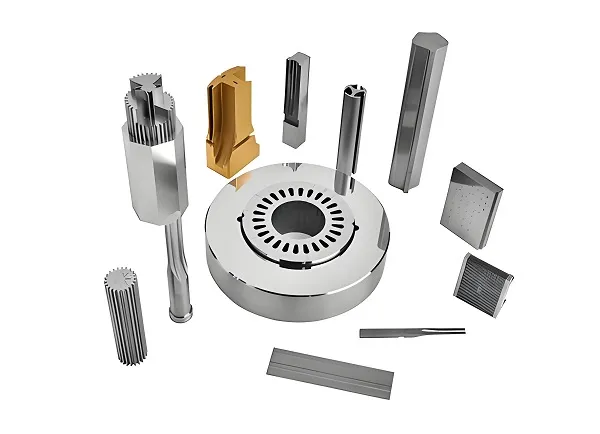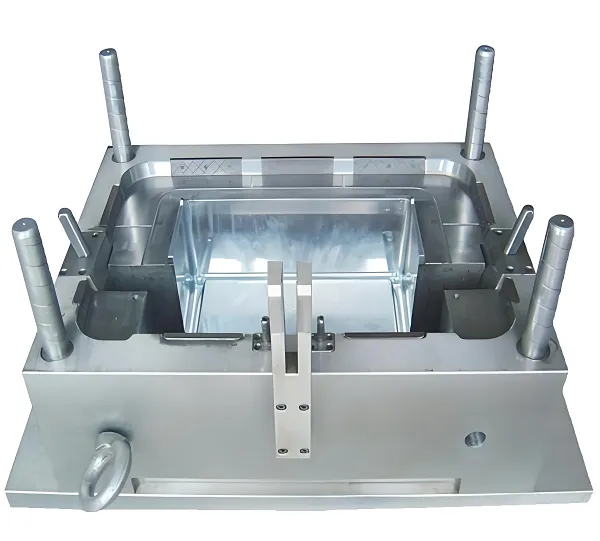Small plastic pulleys, typically ranging in diameter from 3 to 10 centimeters, are made of plastic materials and widely used in household appliances, toys, shelving units, sports equipment, and other fields for sliding and transmission functions. They feature lightweight, wear resistance, corrosion resistance, and low friction coefficients, making them suitable for various applications.

Manufacturing Process of Small Plastic Pulley
The manufacturing process of small plastic pulleys primarily includes thermoplastic processing and injection molding. Thermoplastic processing uses plastic granules such as polypropylene (PP) and polyethylene (PE) as raw materials. After metering, mixing, drying, and screening, the materials are uniformly extruded through an extruder under high temperature and pressure to form the desired shape and size. Injection molding involves heating and melting thermoplastic plastic granules in an injection molding machine, then injecting the melted plastic into a mold with the desired shape. After cooling, the finished product is obtained.
Production Workflow of Small Plastic Pulley
The production workflow of small plastic pulleys includes raw material preparation, granulation, extrusion/injection molding, processing and post-treatment, and quality inspection. After processing the raw materials, they undergo extrusion or injection molding to form the basic shape. Subsequent processing steps include shaping, drilling, grinding, surface treatment, and coating to improve surface quality and aesthetics. Finally, quality inspection machines are used to check the appearance, dimensions, and wear resistance to ensure the pulley meets relevant standards and requirements.
Materials of Small Plastic Pulley
The materials for small plastic pulleys mainly include polymers such as POM (polyoxymethylene), PA (nylon), PP (polypropylene), and PE (polyethylene). These materials have different characteristics suitable for different working environments and load conditions. For example, POM material features wear resistance, corrosion resistance, and low friction coefficients, making it suitable for applications with low loads and moderate usage frequencies. Nylon material, on the other hand, exhibits extremely high wear resistance, impact resistance, and heat resistance, making it suitable for industrial equipment with high loads and frequent usage.
Applications of Small Plastic Pulley
Due to their lightweight, wear resistance, and corrosion resistance, small plastic pulleys are widely used in various fields. In the home appliance industry, they are used as sliders for sliding doors and drawers. In the toy industry, they serve as wheels for toy cars. In shelving units, they function as sliding supports for cabinets. In sports equipment, they are used as transmission components for fitness equipment.
Customization of Small Plastic Pulley
Small plastic pulleys can be customized according to customer needs. Customization options include material, size, shape, and color. Customers can select the appropriate material and size based on their usage requirements to achieve optimal sliding performance and load-bearing capacity. Additionally, customers can choose different colors and shapes to meet personalized needs.
Characteristics of Small Plastic Pulley Made from Different Materials (Table)
| Material | Wear Resistance | Impact Resistance | Heat Resistance | Corrosion Resistance | Density (g/cm³) |
|---|---|---|---|---|---|
| POM | High | Medium | Medium | High | 1.41-1.43 |
| PA (Nylon) | Extremely High | High | High | High | 1.13-1.15 |
| PP | Medium | Medium | Low | Medium | 0.90-0.91 |
| PE | Medium | Low | Low | Medium | 0.91-0.96 |
FAQs About Customized Small Plastic Pulley
Q1: How do I customize a small plastic pulley?
A1: Customers can select the appropriate material, size, shape, and color based on their needs and communicate with the manufacturer to determine production details and delivery time.
Q2: What is the production cycle for small plastic pulleys?
A2: The production cycle depends on the quantity, complexity of the customized pulleys, and the manufacturer’s production capacity. Generally, the production cycle ranges from a few days to a few weeks.
Q3: How is the price of a small plastic pulley calculated?
A3: The price depends on factors such as the pulley’s material, size, quantity, and manufacturing process. Customers can communicate with the manufacturer to obtain detailed pricing information.
Q4: How is the quality of small plastic pulleys guaranteed?
A4: Manufacturers conduct strict quality control during the production process, including raw material inspection, production process monitoring, and finished product quality inspection. Additionally, customers can request quality certification documents and test reports from the manufacturer.
Through this introduction, you should have a deeper understanding of customized small plastic pulleys. For more questions or needs, please feel free to communicate with the manufacturer.

